
The painting "Stepan Razin" by Vasily Surikov is a tragic truth that triumphs over the epic image
The painting "Stepan Razin" is a masterpiece by Vasily Ivanovich Surikov, the idea of which he had been contemplating for many years. Being a native of Krasnoyarsk and a descendant of the Don Cossacks who came to "conquer Siberia" alongside Yermak in the 16th century, the painter could not overlook such a grand and tragic figure, such a vivid symbol of the Cossack spirit. In the twilight hour, a headlong boat glides across the smooth water under a light sail. The vast expanse of the Volga and the clouds in the sky are illuminated by the gentle rays of the setting sun, while golden-pink reflections play on the water's surface. And against the backdrop of the peaceful landscape, the characters of the narrative appear even more contrasting. In the center of the canvas, the leader of the free detachment is immersed in deep contemplation. He is half-lying near the mast, leaning his left elbow on a horse saddle and brooding pensively. His confident posture and fiercely knitted eyebrows are meant to emphasize the determination and sternness of the ataman's character, but at the same time, a strange anxiety can be sensed in his thoughtful gaze and the turn of his head, as if a daring brigand is searching for answers to painfully important questions—and finding none.
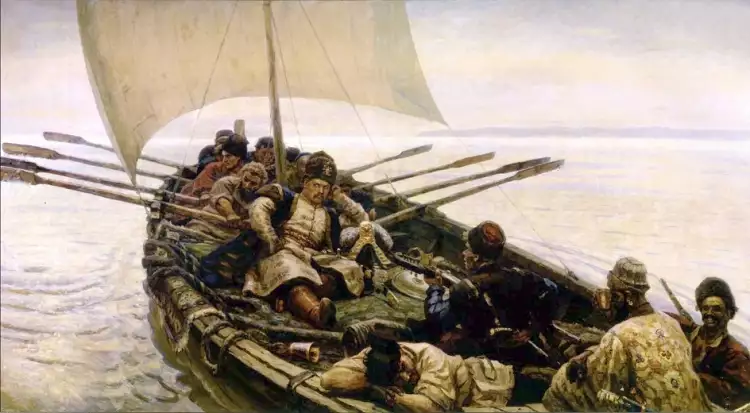 Vasily Surikov. The painting Stepan Razin, 1906
Vasily Surikov. The painting Stepan Razin, 1906
- Title of the painting: "Stepan Razin" (Russian: «Степан Разин»).
- Artist: Vasily Ivanovich Surikov (Russian: Василий Иванович Суриков) (1848-1916).
- Year of creation: 1906.
- Dimensions: 318 x 600 cm.
- Style: Realism.
- Genre: Historical.
- Technique: Oil.
- Material: Canvas.
- Location: State Russian Museum, St. Petersburg, Russia.
Vasily Ivanovich Surikov is one of the most famous Russian painters of the 19th century. The master gained renown through his large-scale historical paintings dedicated to key events of the past. The idea of painting the ataman (leader) first occurred to him in the mid-1880s when he was working on "The Boyar's Wife Morozova." These two images became a pair: they are connected by the fact that they almost simultaneously appeared on the historical stage. The compositions are also similar: the sleigh carrying the rebellious boyar's wife and the Razin boat move in the same diagonal direction, from right to left.
The feeling that the boat is rushing towards doom intensifies the depiction of the marauding gang. The faces of the Cossacks are grim, and only one of them, sitting at the stern and offering a cup of wine to a captured Persian, shows some merriment. Among the characters, a Razin follower in a red shirt and a cleverly folded hat stands out: he gazes into the distance with concealed melancholy. Surikov considered his study of a young oarsman, painted in 1905, to be particularly successful and adorned his room with it.
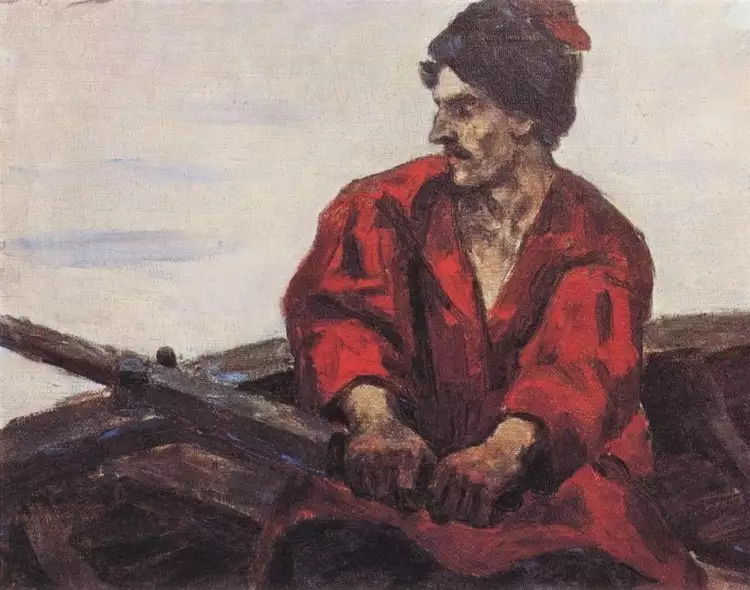 Vasily Surikov. Sketch Rower in a boat, 1905
Vasily Surikov. Sketch Rower in a boat, 1905
Having made the first sketch in 1887, the painter only returned to continue the work at the beginning of the next century, and the result was presented to the public in 1906. However, even after that, the master was not satisfied with the outcome. In 1909-1910, he resumed his search for a model for the main character, aiming to convey "much more thought" in him.
The painting "Stepan Razin" by Vasily Surikov was the artist's last work exhibited at a mobile exhibition. Despite the author's dissatisfaction with himself, the expressive character he created continues to captivate viewers to this day, prompting them to contemplate Russian history, in which the destinies of creators, innovators, and rebels are closely intertwined.
 The top 10 most famous photographers in the world - the best photo artists of all time
The top 10 most famous photographers in the world - the best photo artists of all time 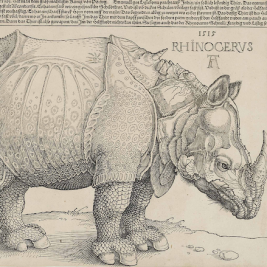 The engraving "Rhinoceros" by Albrecht Dürer - Europe's acquaintance with a curious beast
The engraving "Rhinoceros" by Albrecht Dürer - Europe's acquaintance with a curious beast  The painting "Portrait of T. H. Shevchenko" by Ivan Kramskoy is a belief in humanity that has transcended centuries
The painting "Portrait of T. H. Shevchenko" by Ivan Kramskoy is a belief in humanity that has transcended centuries  Mannerism style in interior design - the aesthetics of grandeur and the logic of mannerism
Mannerism style in interior design - the aesthetics of grandeur and the logic of mannerism 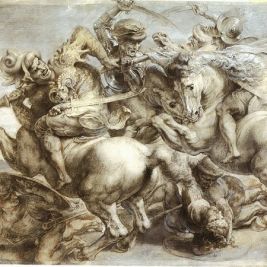 Graphics: its essence, types, and history. Notable graphic artists
Graphics: its essence, types, and history. Notable graphic artists 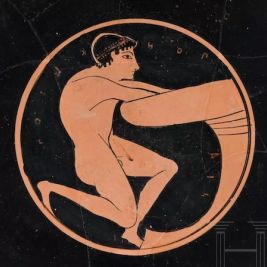 Hermann Historica Auction: Kunst, Antiquitäten & Antiken
Hermann Historica Auction: Kunst, Antiquitäten & Antiken 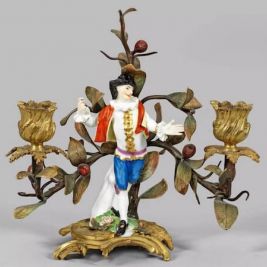 Schloss Ahlden: 190. Internationale Kunstauktion - Teil III
Schloss Ahlden: 190. Internationale Kunstauktion - Teil III 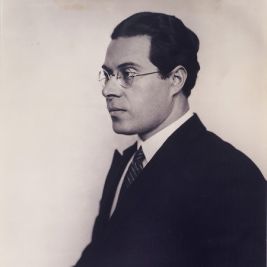 László Moholy-Nagy was a brilliant artist, a great experimenter, and an outstanding art theorist
László Moholy-Nagy was a brilliant artist, a great experimenter, and an outstanding art theorist  Realism - the art of portraying life in all its manifestations truthfully
Realism - the art of portraying life in all its manifestations truthfully  The Rising Trend of Collecting Regional Books in the Antiques Market
The Rising Trend of Collecting Regional Books in the Antiques Market